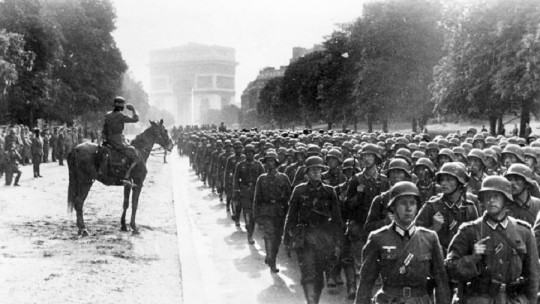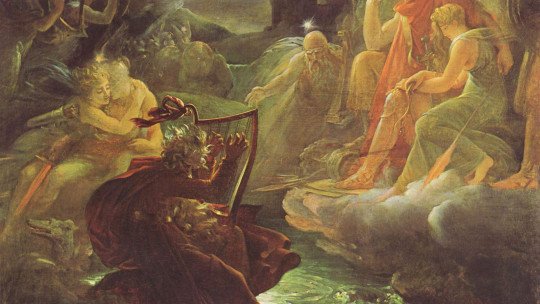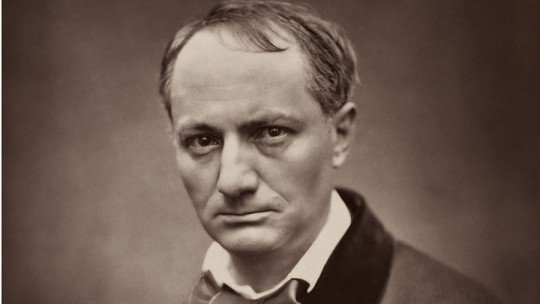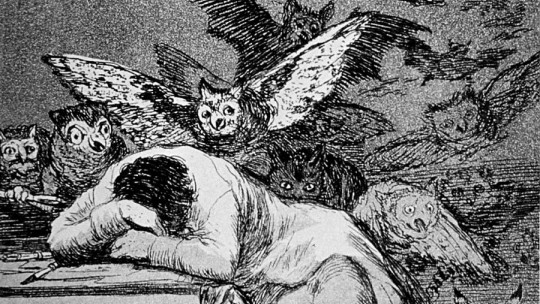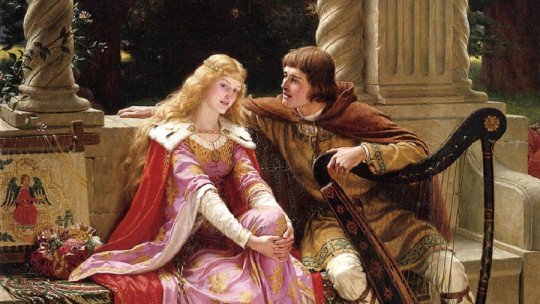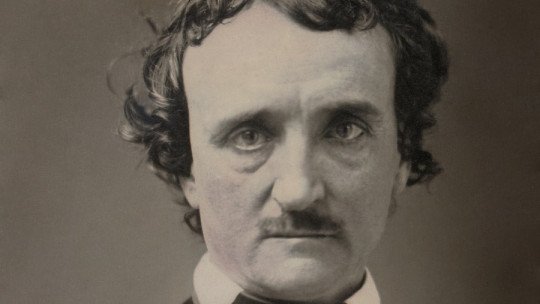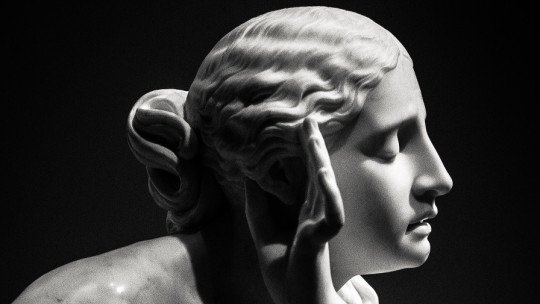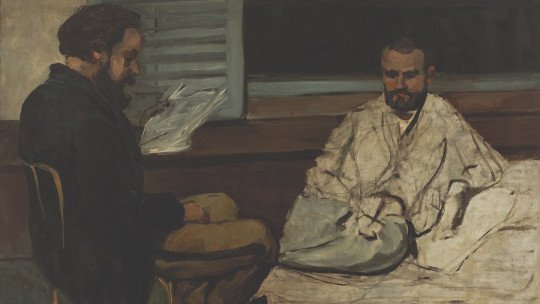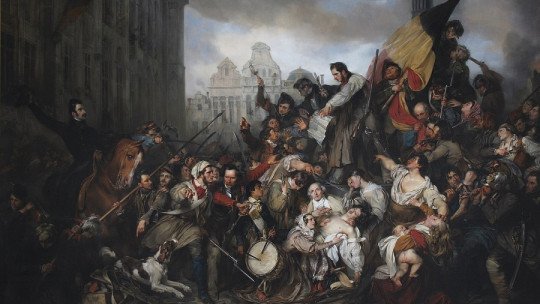
It is quite well known the relationship that exists between Romanticism and nationalism In fact, they are so linked that it is difficult to establish which of the two represents the starting point of the other. Does nationalism exist because it drank from the seed established by the romantic movement, or rather did the romantic movement exist as an evolution of an incipient nationalism?
To clarify the question, it is necessary to take a tour of history. Only in this way will we be able to see with greater precision what relationship they have with each other, what their origins were and what both movements derived from over time.
What is the relationship between Romanticism and Nationalism?
It may seem like an exaggerated statement, but if we look at the light of history, we will realize that it is not so. Because, while in France in the first decades of the 18th century the Enlightenment triumphed, radiating its knowledge throughout Europe within the framework of the well-known Century of the lights, In the German territories, a radically different movement was brewing, which would plant the seeds of the following romantic and nationalist currents We are talking about Sturm und Drang, “storm and momentum” in German.
The origin of the name of this movement is in the homonymous play by Friedrich Maximilian Klinger (1767-1785), premiered in 1776. The Sturm und Drang He reacted directly against the rationalism imposed by enlightened society and advocated the exaltation of subjectivism and freedom in artistic expression. In other words, it was a real protest against the Academy and its rigid rules; For the first time, a philosophical-artistic movement defended the importance of the artist’s free and personal creation.
He Sturm und Drang and the roots of Romanticism
To give us an idea of the influence that the Sturm und Drang in the appearance of nationalist movements, let us just say that Johann Gottfried Herder (1744-1803), one of the founders of German nationalism, encouraged this pre-romantic movement, while defending individual freedom, so closely linked to popular sovereignty and the autonomy of peoples.
For his part, the poet Johann Wolfgang von Goethe (1749-1832), who by the way knew Herder personally, materialized the ideas of the Sturm und Drang in his literary works, especially in The misadventures of young Wertherpublished in 1774, as well as in his poem Prometheus, finished that same year. In the first, the emotions and subjective world of the protagonist are exalted to extreme levels and, in the second, the author makes an authentic apotheosis of the romantic artist who rebels against authority in the figure of Prometheus, the classical hero who challenges the almighty Zeus.
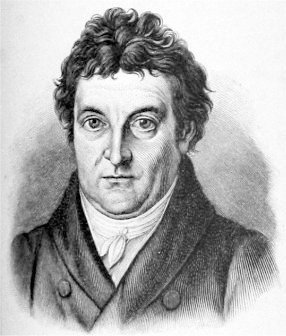
On the other hand, Johann Gottlieb Fichte (1762-1814), a philosopher who was a disciple of Kant, encouraged in his works the term coined by Herder, the volksgeist used to refer to the condition of being of a town, to its spirit. We must seek the origins of this idea in the German resistance against the Napoleonic invasions, an authentic European leitmotif that considerably fertilized the nationalist terrain, since, in their fight against French imperialism, the invaded peoples began to become aware of their national reality.
The invention of the national past
However, does this national reality defended by the German pre-romantics really exist? The theories of Fichte and Herder were in open contradiction with the Enlightenment precepts, which were much more global and tended towards a more universal vision of humanity. For the standard bearers of Sturm a Dranga nation had immutable characteristics since ancient times, almost legendary times that had forged its identity and its spirit (the famous volksgeist).
For it, pre-romantics and later romantics do not hesitate to distort the past and take from history those elements that are useful for their objective. In this sense, the Middle Ages take a prominent role, while these authors see in this period the roots of the german homeland. It is then that popular folklore acquires great importance, which authors such as the Brothers Grimm will put into writing as a way of reclaiming this ideal origin of the Germanic peoples. In this way, the foundations of national invention are laid, that is, the adaptation of history to the interests of the nation.
And the rest of Europe?
Although, as we have already seen, the German territories played an enormous role in the emergence of the first Romanticism and, therefore, of nationalism, it would be wrong to believe that the rest of the European countries did not live a similar experience. In fact, and as we have also commented, The Napoleonic Wars had a lot to do with the unstoppable advance of nationalism in Europe
In Spain, for example, incipient Romanticism appeared at that time. Authors such as Francisco de Goya (1746-1828), with his Whims and, above all, with its Black Paintsare laying obvious foundations for the future romantic movement, although Goya’s case is not an example of nationalism, since his vision is much broader and cosmopolitan.
In Russia, the French invasion is a clear precedent for later nationalism ; We have a very obvious example in one of the symbolic works of Russian literature, the War and peace by Lev Tolstoy (1828-1910) which, later, during the Soviet era, would stand as an unparalleled patriotic monument.
The consequences of the Napoleonic invasions, as well as the subsequent Congress of Vienna (1814), which sought to restore the order of the Ancien Regime in Europe, reached the first decades of the 19th century, when the Romantic movement was in full swing. All of this is the cause, for example, of the Belgian nationalist movement, a buffer state that had been created by the Restoration to stop any other revolutionary impulse coming from France. In 1830, dissent between this new territory and the country to which it was subject, the Netherlands (caused by religious and language differences) caused Belgium to become independent and begin its journey as an independent country.
The domino effect of romantic nationalism
The Belgian case was not isolated. The nationalist ideas that arose within romantic subjectivism and its exaltation of the individual as solely responsible for himself had a profound impact on the different peoples into which Europe was divided. The romantic idea of individual freedom It matched perfectly with the right of peoples to govern themselves and to form themselves as states based on their national characteristics.
Belgium became independent in 1830, but a few years earlier Greece had done the same, freed from the yoke of the Ottoman Empire. And to understand the great importance that the intelligentsia gave to nationalism, we can take the example of Lord Byron (1788-1824), an English poet who went to Greece to fight for its independence (and who, by the way, died of malaria before entering in combat). On the other hand, Eugène Delacroix (1798-1863), the French romantic painter, created a canvas about the massacre that the Ottomans had perpetrated on the island of Chios, a clear denunciation of the subjugation of the people. The canvas, executed in 1824 (two years after the event), was certainly harshly criticized. Romantic rebellion in its purest state.
The revolutionary wave that had begun with the French Revolution could no longer be stopped. The Congress of Vienna and the restoration of the old pre-Napoleonic European order were a real failure. In 1820, Spain was at the forefront of the rebellion with the uprising of Rafael del Riego in Cabezas de San Juan Seville, with the aim of restoring the Constitution of 1812. Ten years later, in 1830, the Three (journeys) Gloriousthree days of street fighting and barricades that ended with the overthrow of the autocratic King Charles X (brother of the guillotined king) and his replacement by the more constitutional Louis Philippe of Orleans.
In 1848, during the call Spring of Nations, nationalist fever was already a fact. It was the time of the independence demands of the northern Italian territories, which wanted to free themselves from Austrian power, and it was also the time of the Risorgimento Italian and the German unification movement. While, In Spain, in the mid-19th century, Spanish nationalism came to life through numerous historical distortions, such as the famous Reconquest and the myth of Pelayo, the Asturian leader, and in Catalonia the Renaixença and the fabrication of Catalan founding myths. All in line with the romantic ideas of Herder, Fichte and Hegel and their volksgeisthe spirit of the people.

